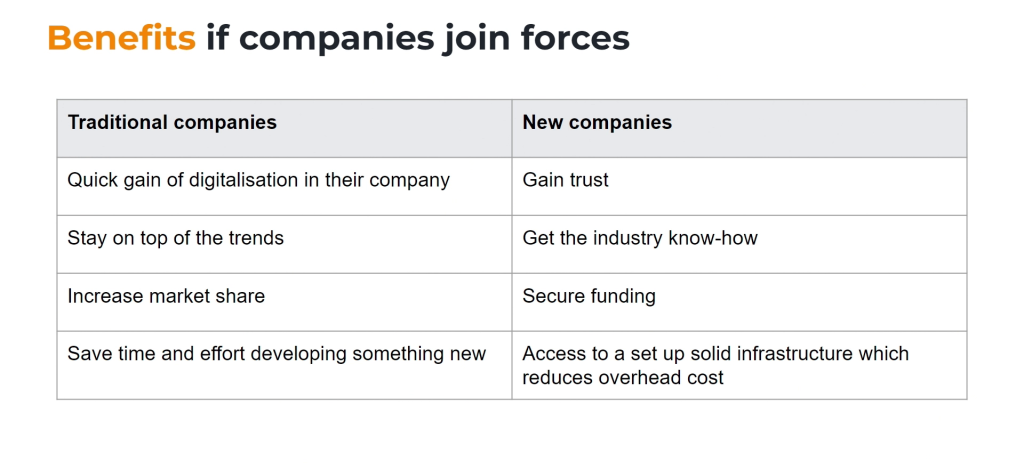
According to the American Enterprise Institute, 40% of today’s Fortune 500 companies (list of the 500 largest U.S. companies by revenue) will no longer exist in 10 years. The life expectancy of companies is decreasing, it used to be 60 years and now it’s about 10 years. How can you make your business survive and what role product design plays in it are some of the questions that were covered by Noelle Ghanem in her talk at WebExpo 2023. Noelle is a Lead Product Designer at Revolut with rich experience working for big companies as well as in startup environments. She also founded 2 companies herself and encountered both success and closure. Let’s get into her 7 tips to make your business last:
1. Design for immediacy
People want things now and ever-evolving customer demand can be challenging for companies. Imagine Blackberry, once a dominant smartphone player who didn’t manage to keep up with its competitors. So what are the main reasons companies tend to fail?
➡ Not fast enough at reacting to customer demand or competition.
➡ Rapid progress of technology.
➡ Failure to listen to customers’ needs.
2. Think long-term
If you want to succeed in business, following your long-term goal and being able to estimate your growth potential right are some of the key prerequisites. Design products for scale and avoid favoring short-term immediate gains. Taking client’s ad-hoc requests is a highway to shift away from the main goal. Monitor demand for your product or service to invest at the right time in infrastructure.
3. Open up to collaboration
As Noelle mentions in her talk acquisitions and mergers have been a smart move for many companies like Delivery Hero who merged with local food delivery companies such as Dámejídlo/ Foodora, foodpanda, and others, or Disney who joined forces with Pixar and Marvel. Making the decision to collaborate requires the right timing and may be challenging mainly because of our own fear and ego but also differences in company identity and vision. Especially collaboration between traditional companies and new companies can bring many advantages like the ones mentioned below.

4. Embrace trends at the right time
90s fashion, COVID, vegan food, and climate change…all these are big trends. How to spot trends and when is the best time to react to them? If you want to dive deeper into the topic of trends we covered it in our blog post based on the talk of Pavlína Louženská and Thea Prokop so feel free.
5. Understand innovation and apply it right
Understanding and applying innovation strategically stands as a cornerstone for sustainable business growth. Learning from past failures and successes, businesses must navigate away from their comfort zones, prioritize realistic market fit, and persistently innovate to succeed in today’s dynamic market. The balance between hype and innovation is execution.
6. Deliver WOW
Delivering wow is something that can really make your business stand out from the competition.
It’s the design details and copy that play a big role in establishing trust with your customers. Focus on the following points to deliver exceptional user experience:
- Bringing in emotions – Use elements like gamification, sounds, and rewards to create a more engaging user experience.
- Centralisation – Prioritise your customer needs over business goals and enable them to navigate effortlessly through a range of services.
- Simplification – Show directly the relevant information to make the user experience easier.
7. Be on top of regulations
Last but definitely not least important point especially when it comes to health tech, food tech, and fintech sectors where compliance is non-negotiable. Regulations often change and vary per country and may seem complicated to communicate. Here are three tips for regulatory excellence:
- Establish dedicated teams to monitor and align with evolving global regulations.
- Simplify and effectively communicate regulatory terms to users to foster understanding and build trust.
- Create strong systems that ensure you meet legal requirements, preventing accidental breaches.
Now you know the seven essential pillars of your business survival guide and if you are curious about more details, examples, and real-life experience press play and watch the full video of Noelle’s talk. Nonetheless, remember that the success of a company is not only about following the 7 steps but also having the right team. 🤝

